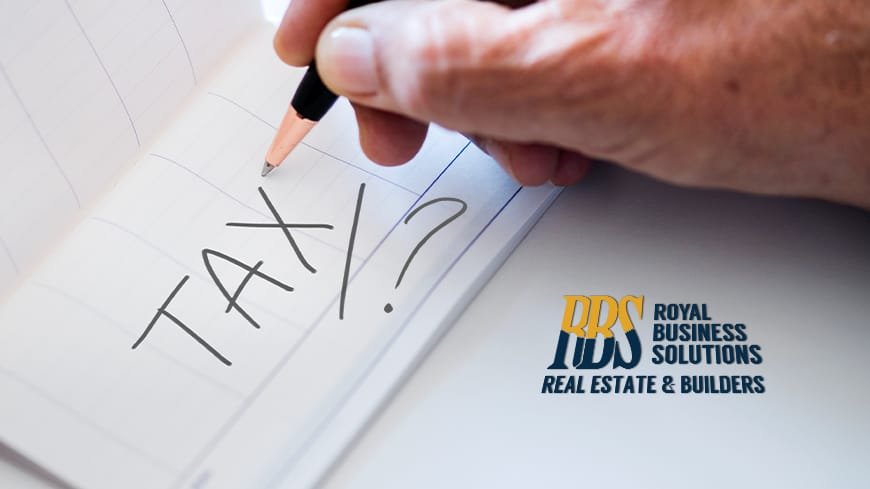- May 27, 2023
- Posted by: Muhammad Shehzad
- Category: Blogs

Stamp duty tax, also known as stamp duty or transfer duty, is a tax imposed by the government on certain legal documents or transactions. It is typically levied when there is a transfer of ownership or an interest in certain assets, such as real estate, shares, or financial instruments.
In addition, the stamp duty tax on property in Pakistan calculates on the value or consideration involve in the transaction and is usually payable by the buyer or transferee. The specific rates and thresholds for stamp duty tax vary by jurisdiction and the type of asset transfer.
Read: Tax Tips For Real Estate Investors
Purpose of Stamp Duty Tax on Property in Pakistan
The purpose of stamp duty tax can vary, but it is commonly use to generate revenue for the government and to deter speculative or frequent transactions. Moreover, it is important to consult local regulations and authorities to understand the specific rules and rates applicable to stamp duty tax in a particular jurisdiction.
In Pakistan, the purpose of stamp duty tax on property serves multiple objectives:
Revenue Generation
The government receives a significant amount of its revenue from the stamp duty tax on real estate. Moreover, stamp duty revenue uses to fund a number of public infrastructure and service development initiatives. To generate a higher revenue check out Lahore Smart City Payment Plan.
Transaction Control
The stamp duty tax promotes frequent real estate transfers and speculation. It promotes stability in the real estate market by discouraging short-term buying and selling activity by taxing property transactions.
Property Valuation
Stamp duty tax often calculates on the declared value of the property during the transfer. In addition, this helps in documenting the actual transaction value and discourages underreporting or undervaluation of property, which can use for tax evasion purposes. Nova City Islamabad offers a valuable properties for long term investments.
Legal Authentication
Payment of stamp duty tax on property transactions serves as evidence of the transaction’s legality and helps establish legal ownership. It also ensures that the transfer of property rights record properly and the government authorities also acknowledge it .
Stamp Duty Rate
In Punjab, stamp duty is calculated at 3% of the DC value of the property. Prior to issuing an e-stamp duty under the E-Stamp System, which was introduced in all districts of the province in December 2016, the Bank of Punjab collects this tax. The government of Punjab receives the majority of its funding from the collection of stamp duty. The citizens didn’t get a lot of assistance. Moreover, the E Stamping technology from the Punjab Information Technology Board has change completely how stamp paper issues. Purchase of stamp paper used to need a few days. However, PITB has recently made it available online, allowing anyone wishing to buy stamp papers to do so by just going to the PITB government’s website.
In Punjab, stamp duty charges on all sizes and types of real estate, in both urban and rural settings. Property buyers also pay this tax, and both tax filers and non-filers must pay the same percentage.
Gulberg Greens Islamabad is a legal society got approval from concerned authorities.
How to Calculate Stamp Duty tax?
You must pay 3% of the DC rate, or PKR 162,000, while buying a 1-kanal residential plot in DHA Lahore Phase IX. Previously, the Stamp Duty rate on these plots (on old DC rates) was PKR 90,000. These are Punjab, Pakistan’s most recent 2019 stamp duty rates.
